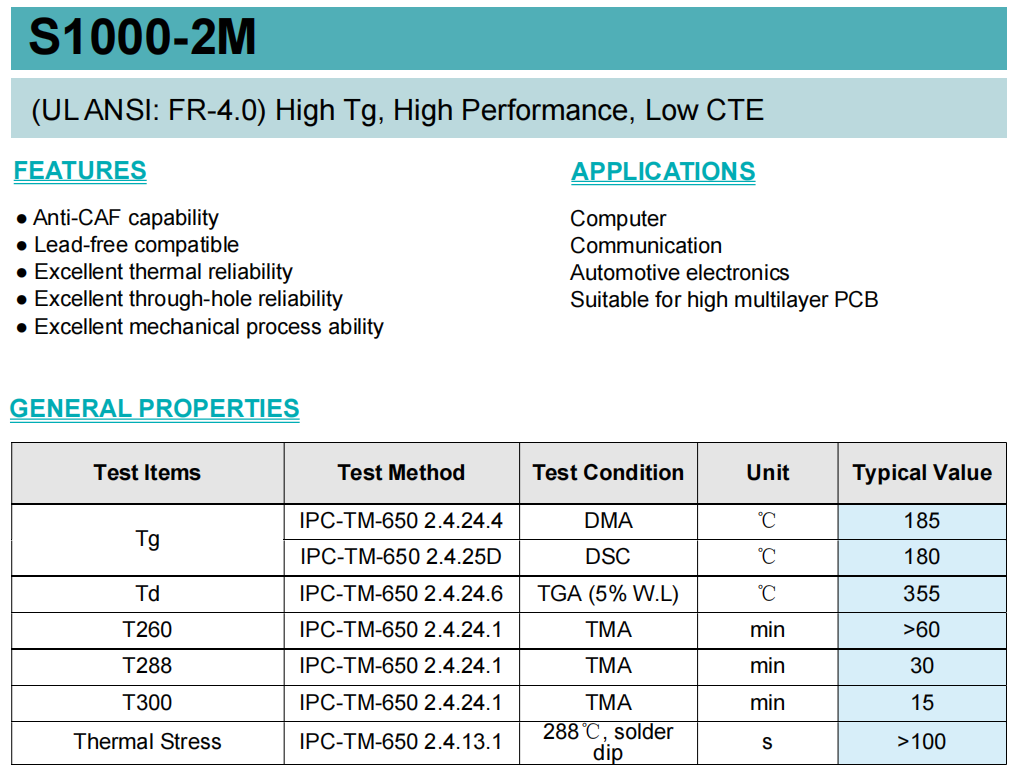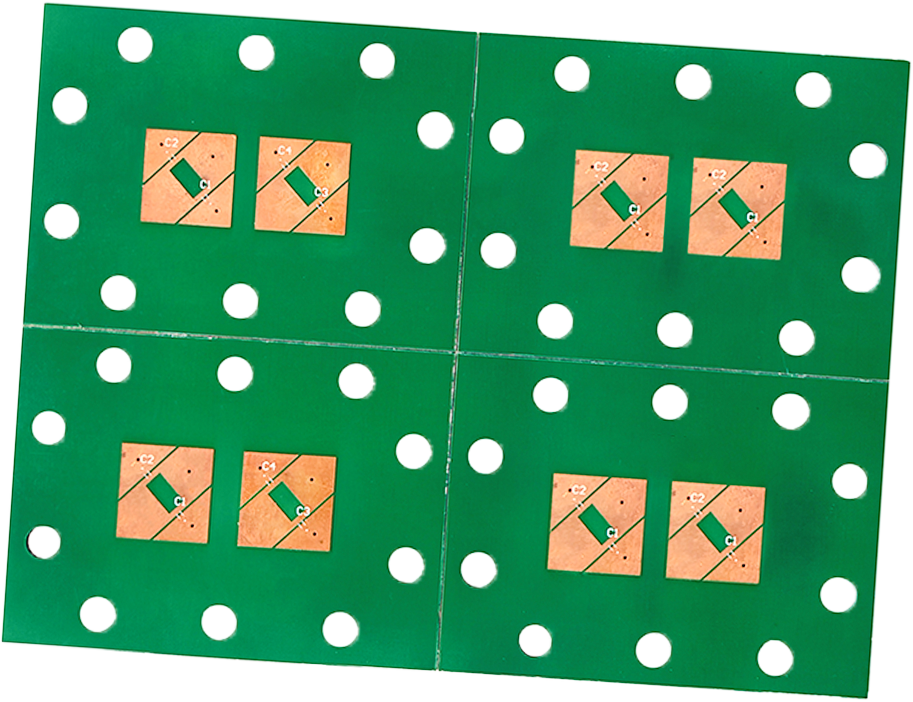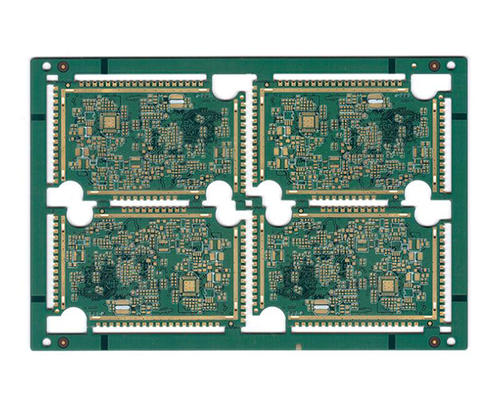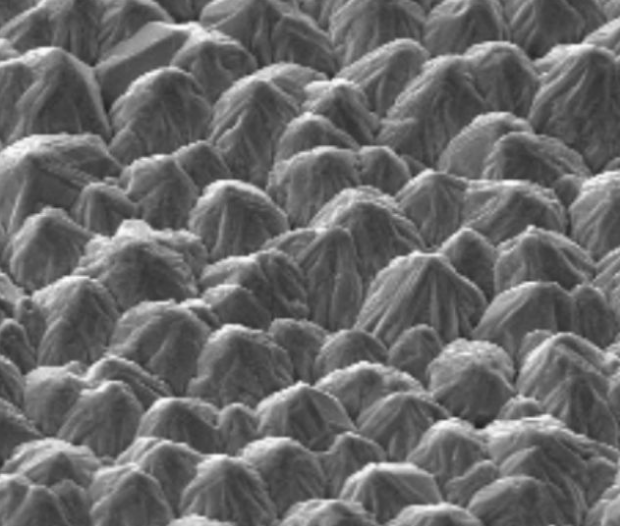 +86 755 2794 4155
+86 755 2794 4155  sales@knownpcb.com
sales@knownpcb.com
-
Shenzhen KNOWNPCB Technology Co., Ltd.
 +86 755 2794 4155
+86 755 2794 4155  sales@knownpcb.com
sales@knownpcb.com
 2025-05-08
2025-05-08
 819
819
Understanding Glass Transition Temperature(TG )
The glass transition temperature of a PCB board is a key indicator for measuring its performance. When the temperature rises to a certain level, the PCB substrate will transition from a "glass state" to a "rubber state".
The higher the TG value, the better the temperature resistance of the PCB, and its performance such as heat resistance, moisture resistance, chemical resistance, and resistance stability is also better.

The distinction between standard FR-4 and high-Tg FR-4
In the hot state, especially when heated after moisture absorption, there are differences in the mechanical strength, dimensional stability, adhesion, water absorption, thermal decomposition, thermal expansion, and other aspects of the material.
High-Tg FR-4 substrates demonstrate superior performance across these critical parameters compared to standard-Tg counterparts.

Why can't standard-Tg and high-Tg materials be co-laminated?
•Because the TG values of the materials are different. Pressing a high-TG board with a low-TG board will result in insufficient curing time, leading to board explosion. Using the parameters of a high-TG board to press a low-TG board will cause excessive glue flow, resulting in a thinner board.
•The critical temperature at which the high-TG substrate melts from a solid state to a rubbery liquid state is called the TG point, which is also the melting point. The higher the TG point, the higher the temperature requirement for the board during lamination, and the harder the pressed board will be. However, ordinary PCB substrate materials will experience phenomena such as softening, deformation, and melting at high temperatures, and there will also be a sharp decline in mechanical and electrical properties.
•The requirements for copper foil performance also vary during the lamination of high-TG boards. High-TG copper clad laminates usually require the use of high-TG copper foils. When ordinary copper foils are used in high-TG copper clad laminates, the peel strength is greatly reduced.

What are the key structural differences between conventional copper foil and high Tg copper foil?
•Distinct matte alloy layer configurations
The matte alloy layer differs by employing a multi-component alloy interlayer to prevent direct copper-zinc contact, thereby inhibiting Cu-Zn intermetallic reactions during high-temperature lamination and post-thermal cycling.
•Differentiated roughened layer architectures
The roughened layer features enhanced structural integrity with a more robust texture and increased specific surface area.

•Critical silane coupling agent selection criteria
Critical silane coupling agent selection is required: Conventional KH560 silane degrades under high-temperature lamination and thermal shock cycling, with degradation rates escalating exponentially with temperature.
•Optimized peak uniformity on matte foil surfaces
Peak morphology on the matte foil surface requires both uniformity and distinct asperity profiles, avoiding undulating
hill-like structures.

With the emergence and development of high-density packaging technology, PCB have become increasingly reliant on high Tg substrates to achieve smaller apertures, finer circuitry, and thinner profiles. High Tg copper-clad laminates have become the norm.

Or call +86 755 2794 4155
Inquiry Now

